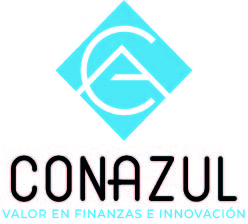During the last few years, we have heard the word innovation in an exaggerated way. If we ask ten high-level executives for the meaning of that word, we will almost certainly get tendifferent definitions. It is a term with a diffuse definition, but paradoxically exerts a power fulattraction to be incorporated into the strategies and mission statements of many companies and organizations.
Probably the best definition of innovation that I have heard in the last fifteen years, and that remains valid, is one that mixes two concepts: new and useful. That is, innovation is any action hat leads to doing new and useful things. A very simple definition, almost childish, but it is the one that best fits what I consider innovation based on experience.
This means that, for example, not all inventions belong to the realm of innovation. Only those inventions for which a practical use is found can be considered innovations. Now, what do we call practical use? Well, anything whose use is adopted by human beings, in any scope and reach, because it improves quality of life, whether it be for speed, efficiency, comfort, pleasure, health, aesthetics, or any other criterion of improvement.
Similarly, we refer to innovation in products and services, which can only be considered as such if there is adoption by collaborators and/or customers. In many cases, to be a successful innovation, it must be demonstrated – beyond increasing adoption (traction) by customers – its measurable benefit in savings or profits for those who adopt its use.

